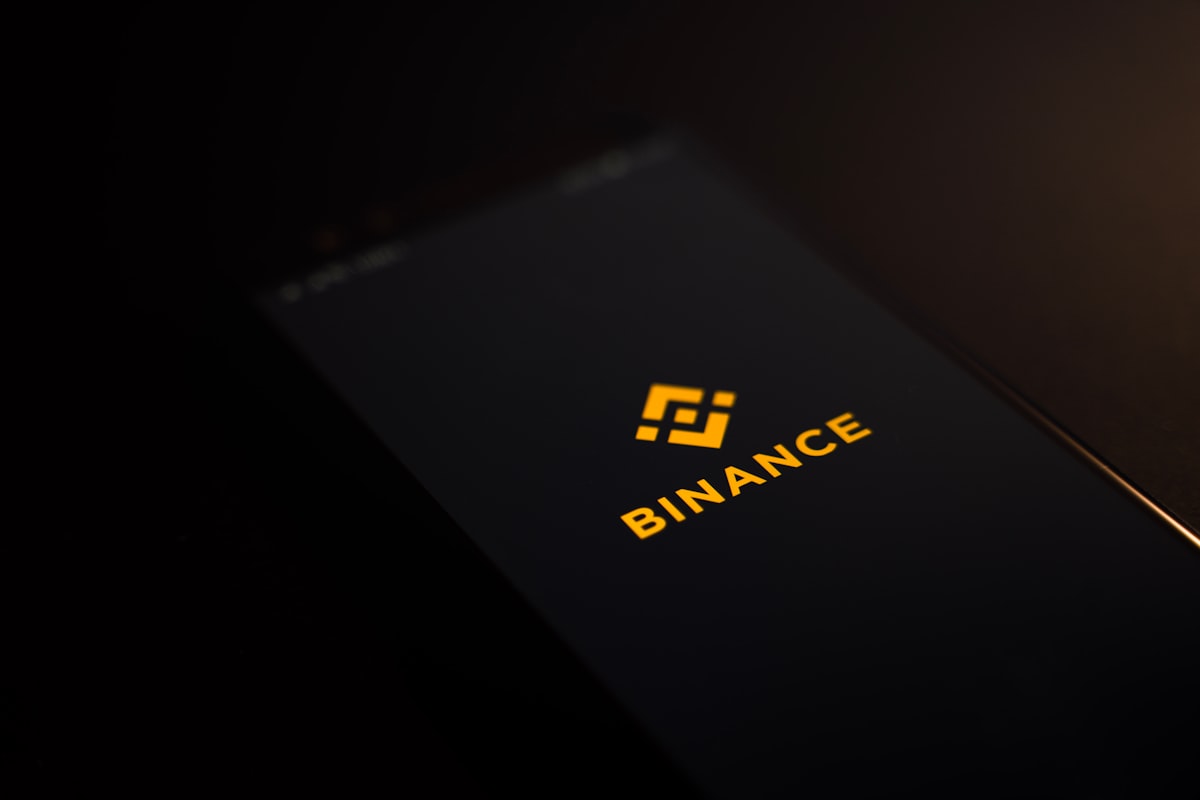What should you do to avoid fuel spillage
Avoiding Fuel Spillage: Expert Tips for Clean and Safe Refueling
Introduction
Avoiding fuel spillage during refueling is not only environmentally friendly but also helps you save money and maintain a clean vehicle. Spilled fuel can contribute to air and water pollution, and it can also be a potential fire hazard. In this comprehensive guide, we’ll provide you with expert tips and insights on how to avoid fuel spillage while refueling, ensuring a safe, clean, and efficient process.
What Should You Do to Avoid Fuel Spillage?
Preventing fuel spillage requires careful attention and a few simple but effective techniques. Follow these expert tips to ensure a clean and safe refueling experience:
Choose the Right Fuel Nozzle
Select a fuel nozzle that fits properly into your vehicle’s fuel tank. A nozzle that’s too large can lead to fuel overflow, while one that’s too small may not provide an efficient flow.
Park on Level Ground
Park your vehicle on level ground to ensure accurate fuel level readings and prevent fuel from spilling out due to uneven angles.
Turn Off the Engine
Always turn off your vehicle’s engine before refueling. This reduces the risk of sparks and minimizes the chances of fuel vapor ignition.
Open the Fuel Cap Slowly
Open the fuel cap slowly to release any built-up pressure. This prevents fuel from splashing out once the cap is removed.
Keep the Nozzle in Place
Hold the fuel nozzle in place while refueling, using the built-in latch if available. Avoid locking the latch open, as it can cause the nozzle to shut off prematurely.
Refuel at a Moderate Pace
Refuel at a moderate pace to allow the fuel to flow smoothly without splashing back. Avoid squeezing the nozzle trigger to the maximum as it can lead to spillage.
Monitor the Fuel Level
Pay close attention to the fuel level as the tank nears full. Do not overfill the tank; stop refueling when the pump automatically shuts off.
Avoid Topping Off
Topping off the fuel tank can lead to fuel overflow and spillage. It’s best to stop refueling once the pump shuts off.
Clean Spills Immediately
In case of any spills, clean them up immediately using absorbent materials provided at the fuel station. Spills should be cleaned to prevent environmental contamination.
Secure the Fuel Cap
After refueling, secure the fuel cap tightly to prevent fuel vapor leakage and potential spillage while driving.
FAQs
Can I Refuel While Talking on the Phone?
It’s recommended to avoid distractions while refueling, including talking on the phone. Focusing on the refueling process ensures safety and prevents spillage.
Can Cold Weather Affect Refueling?
Cold weather can cause fuel to contract, potentially leading to inaccurate readings. Refuel carefully and avoid overfilling during colder months.
What If the Pump Doesn’t Shut Off Automatically?
If the pump doesn’t shut off automatically, stop refueling immediately to prevent overflow. Notify the fuel station attendant for assistance.
Is It Safe to Refuel at Night?
Refueling at night is generally safe, but ensure proper lighting for a clear view of the fuel tank and nozzle. Follow the same safety precautions as during the day.
Can Fuel Spillage Damage My Vehicle?
Fuel spillage can damage your vehicle’s paint and contribute to corrosion. Promptly clean any spills to prevent potential damage.
Can Fuel Spillage Cause Fires?
While rare, fuel vapor ignition from spillage can potentially cause fires. Following proper refueling practices reduces this risk significantly.
Conclusion
By following these expert tips and guidelines, you can avoid fuel spillage and contribute to a safer and cleaner refueling process. Maintaining a careful and attentive approach during refueling not only prevents environmental harm but also ensures your own safety and the safety of those around you.



